The Restorative Justice Minor at the University of North Alabama, available through the Inside-Out Prison Exchange Program, provides students with unique experiences and perspectives that they would not be exposed to otherwise.
The Inside-Out Program was launched at UNA in 2018, and it remains the only Inside-Out Program in Alabama, though the national program has been around for more than 20 years. The program started with one literature class offered once a year, but after COVID-19, the faculty over the program rewrote it to include a minor and certificate program.
The program includes six interdisciplinary courses and is made up of faculty from English, sociology, psychology and criminal justice. These courses can be taken to complete a minor for UNA students and a certificate for those at Limestone Correctional Facility. The courses are designed to give students another view of restorative justice, all while getting to see what life is like for those the criminal justice system affects.
“The program brings together ‘inside,’ or incarcerated students, with ‘outside,’ or more traditional, on-campus students, in the same classroom at the facility,” said Dr. Katie Owens-Murphy, an associate professor of English, the Principal Investigator of the Restorative Justice Lab and one of the professors of the Inside-Out Program. “The idea is that we are trying to, as much as you can, erase those boundaries between ‘inside’ and ‘outside’ students, treating students equally.”
The class is discussion-based and is conducted in circles. There are boundaries to protect privacy, such as only using first names, not asking anyone’s reason for incarceration and not contacting anyone outside of the course. Instructors’ goal is to make education accessible and as equal as possible for all students.
The curriculum is taught in a sequence, with the course material building on itself. The program takes place across four semesters, one class being offered for the first two semesters and then two classes being offered for the remaining semesters. “Introduction to Restorative Justice,” the course offered right now, is a criminal justice class where students are introduced to the fundamentals and practices of restorative justice. The next class, offered in the spring, will be an English class titled “Reading and Writing Through Harm,” followed by courses called “Race, Class and Gender in the Justice System,” “Psychology of Social Health and Relationships,” “Research Methods” and “Restorative Storytelling,” which ends the program.
Ashley Massey, who teaches “Reading and Writing Through Harm,” has experienced the program both as an “outside” student and now as a professor, giving her a unique perspective on the courses taught.
“I was actually an ‘outside’ student in the program as both a UNA undergraduate and graduate student,” said Massey. “I then received specialized training from the Inside-Out Prison Exchange Program and the International Institute for Restorative Practices to be able to teach in the program following the completion of my MA degree. Participating in the Inside-Out classes became the absolute highlight of my time as a student at UNA. Especially as an undergraduate, I think it is so vital to seek out non-traditional pathways of learning in order to broaden your worldview and prepare you for contributing positively to society and community. The ‘inside’ students bring vast life experiences, commitment to higher education, and a passion for learning that vividly adds to the classroom environment. It really is a rare and unique learning experience that you can be part of, and I believe interested UNA students should take advantage of this potentially life-changing opportunity.”
Like Massey, Graduate Teaching Assistant Destini Beckwith has had the chance to both learn from and teach others in the program.
“It was not until Dr. Owens-Murphy introduced me to what the program had to offer that I began understanding the overarching principle of restorative justice: those who have caused harm can make their wrongs right and repair their relationship with those affected by their actions,” said Beckwith. “Even though it is still early in the semester, I can tell that each circle session helps to expand the thinking of everyone involved. I, for one, certainly leave each class with a lot to consider. This is exactly why all students need access to a program like this – so they can be more open to perspectives outside of what they are accustomed to and learn from the differences in opinion that surface from conversations. In the end, it is these conversations and the perspectives they evoke that help foster healing and build up the loving community that the program works toward establishing.”
The course material, and the conversations and connections that are made during the classes, have lasting impacts on both “inside” and “outside” students. For ‘inside’ students, the course is oftentimes their first glimpse into a criminal justice environment, offering a unique and influential experience.
“They all refer to it as transformational,” Owens-Murphy said. “I think that for the ‘outside’ students, especially because it’s their first experience being inside of a prison facility and experiencing the current criminal-legal system from the inside, being in that space and listening to some of the ‘inside’ students’ stories and experiences really gives them context for understanding what we do when we incarcerate people and how different that is from what we’re studying in there, which is restorative justice, and it asks very different questions from the current system that we’re in. Many of them shift gears and change their career focus or decide to do something that contributes to reforming the system. It really makes ‘outside’ students passionate because it gives them a sense of purpose and direction for what they’re learning about.”
“Outside” students tend to be apprehensive when first joining the program’s classes, but after meeting with their classmates, they find that they fit in and can gain valuable experiences.
“Admittedly, selfishness pulled me into the Inside-Out Program at UNA,” said Katelee Smith, a current “outside” student in the program. “I had a vague understanding of restorative justice as I had been exploring cycles of violence within women’s literature for some time, but I did not have a true grasp of restorative justice practices until I joined the Inside-Out Program. Upon joining the program during the final semester of cohort one, I found myself welcomed, befriended and accepted almost instantly. The men within the Inside-Out Program knew that this could be a terrifying situation for the new ‘outside’ students and worked diligently to make us feel welcome within the Inside-Out community.”
For “inside” students, the program also offers unique experiences, and it works to help those who are incarcerated understand the harm that can be and has been done to themselves and others.
“They really love participating in class with ‘outside’ students because, especially for those who are serving extreme sentences – and most of them are serving long or life sentences – they don’t get a lot of interaction with outside folks, unless they’re getting visitors, who are friends and family,” Owens-Murphy said. “The idea of having an in-class discussion about an academic topic with people who you’re not typically around every day is really new and different and refreshing for them. They talk about having the experience of forgetting that they’re incarcerated, just for those three hours that we’re there together once a week, and how liberating it feels for them to feel like a student and to get that cerebral engagement and social engagement with other people.”
Chris, whose last name will not be included for his privacy, was a former “inside” student, but was released before he could take all of the courses offered, so he finished most of the remaining schoolwork in a re-entry center, where he now resides. During his time in the Inside-Out Program, he was able to participate in the classroom environment and benefit from the lessons.
“I worked in the chapel office, and I heard that there was an assembly in the gym that was going to be coming in to offer this program,” said Chris. “At first, I was not interested in the program at all, but I worked in the chapel office, so I had to work the sound system. While I sat there in that assembly, I heard statements that were really provoking, like the idea that you could do something other than serve time – you could make your time count. It was enough to pique my interest, so I filled out the application really just off of a whim, not knowing that that one act would change my life.”
Some of the key work Chris was able to do in the program was identifying harm that was caused by him and was inflicted against him. This identification process led to a lot of self-examination for him. The process of writing through traumatic experiences was also surprisingly helpful for Chris, who was not a fan of poetry before the course. The courses had a lasting effect on him, one that sticks with him to this day.
“This program gave me the tools to really go beyond what was being offered [at the prison] and dig into some root areas of concern within myself,” Chris said. “Since then, I’m no longer incarcerated. I’ve been out for just over a year, and things are just amazing. Life is presenting itself in a way that uses the tools I’ve gained through Restorative Justice, through learning to acknowledge how I hurt someone or how somebody hurt me. How do we get from there to restoration, to a starting over point in life?”
Chris said that his time in prison felt extremely isolating, so his experiences in class with UNA students offered comfort because he saw young people seeking the same knowledge that he was. With this, Chris was able to understand the reasons for the harm in his life and to come to a point of forgiving himself for his past, making the point of the class come full-circle.
“I’m able to look at my past and say that it is what it is,” Chris said. “I’ve done what I’ve done, but I’m trying to fix it. I’ve made amends with my family, and we have a very active, positive relationship with each other. Segments of my life that I thought I’d never experience again, I experience on a daily basis. I am currently living in a halfway house, but I am in a position where I am about to be employed by the same halfway house, doing exactly what I learned to do through the Inside-Out Program. My favorite part of all of it is, I learned something, I learned how to use it, and now it’s a part of my life. I use it every day.”
The Inside-Out Program offers this knowledge to everyone who participates, whether “inside” or “outside,” and Owens-Murphy encourages those who are interested to try it out.
“It tends to be a pretty self-selected group of people who want to sign up for a program like this,” Owens-Murphy said. “It requires courage. For the ‘outside’ students, it requires a time commitment. For the ‘inside’ students, they really have to want something different from what they’re used to, and to want that experience of growth. Sitting in that circle with that group of people, where you’re all caring about the same things in the same ways, and establishing values and community norms, and learning to engage with one another, three hours feels like three minutes, and every time I walk out of there, we have not covered half of the material that I was hoping we would, but it’s because the discussions are so rich.”
For those interested, “Reading and Writing Through Harm” will be offered in the Spring semester. Students should reach out to Dr. Katie Owens-Murphy for more information.


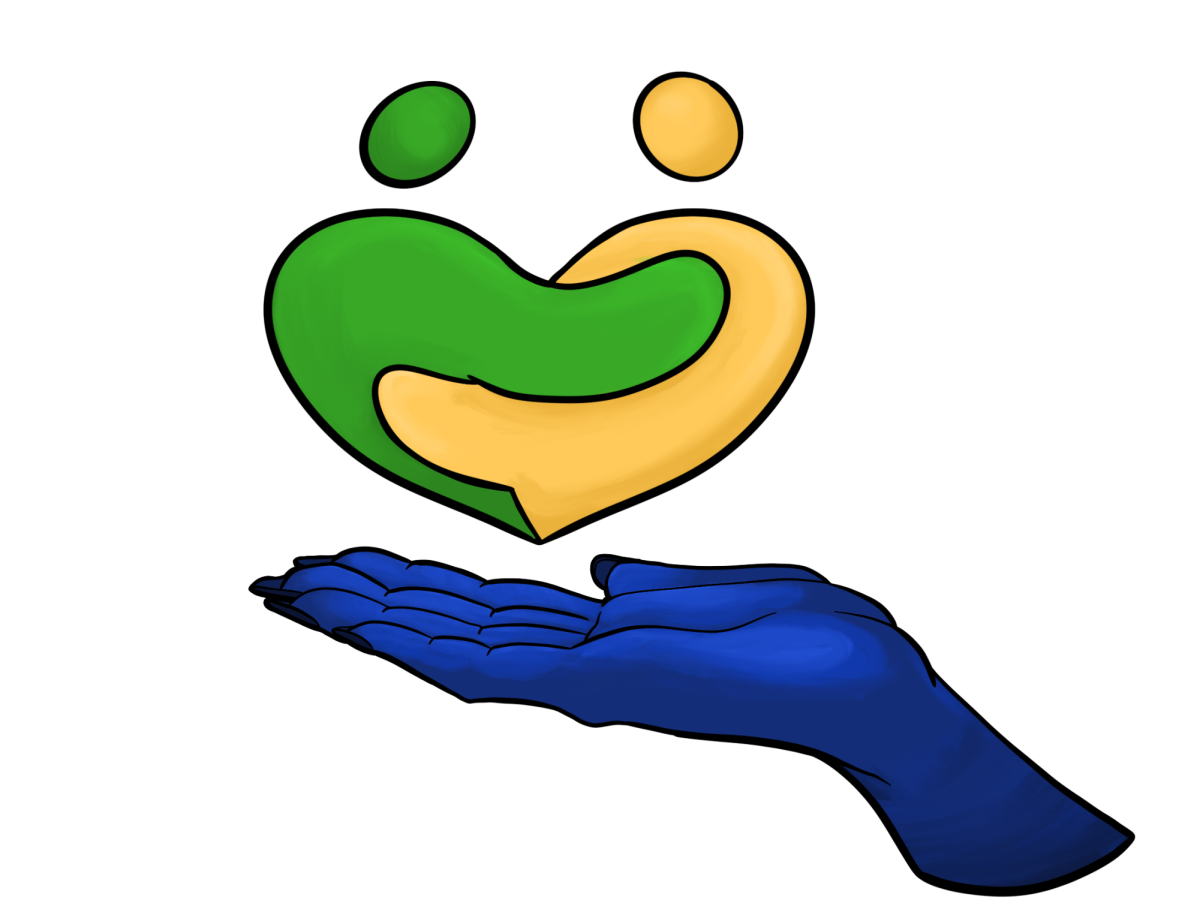
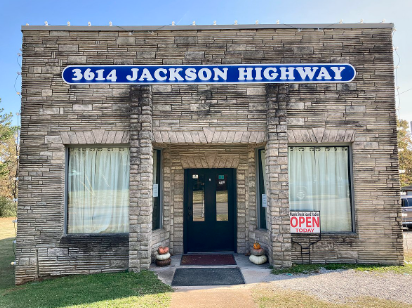

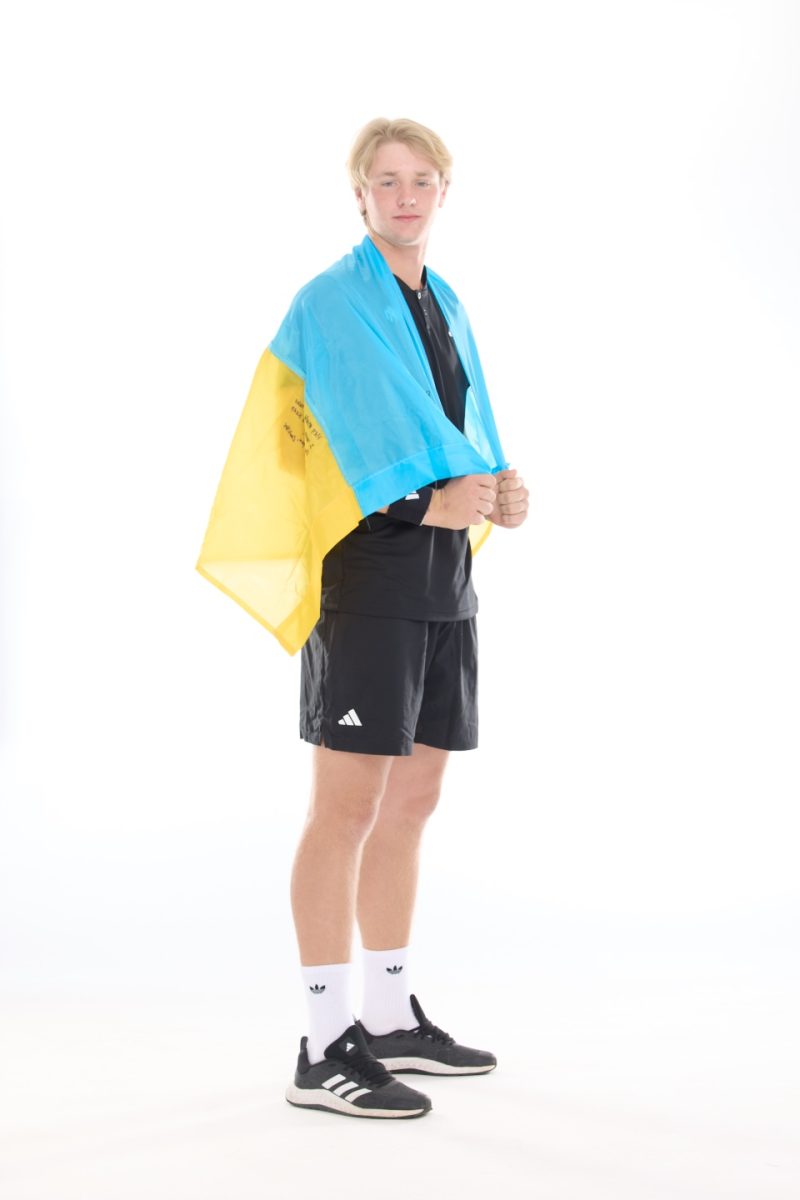
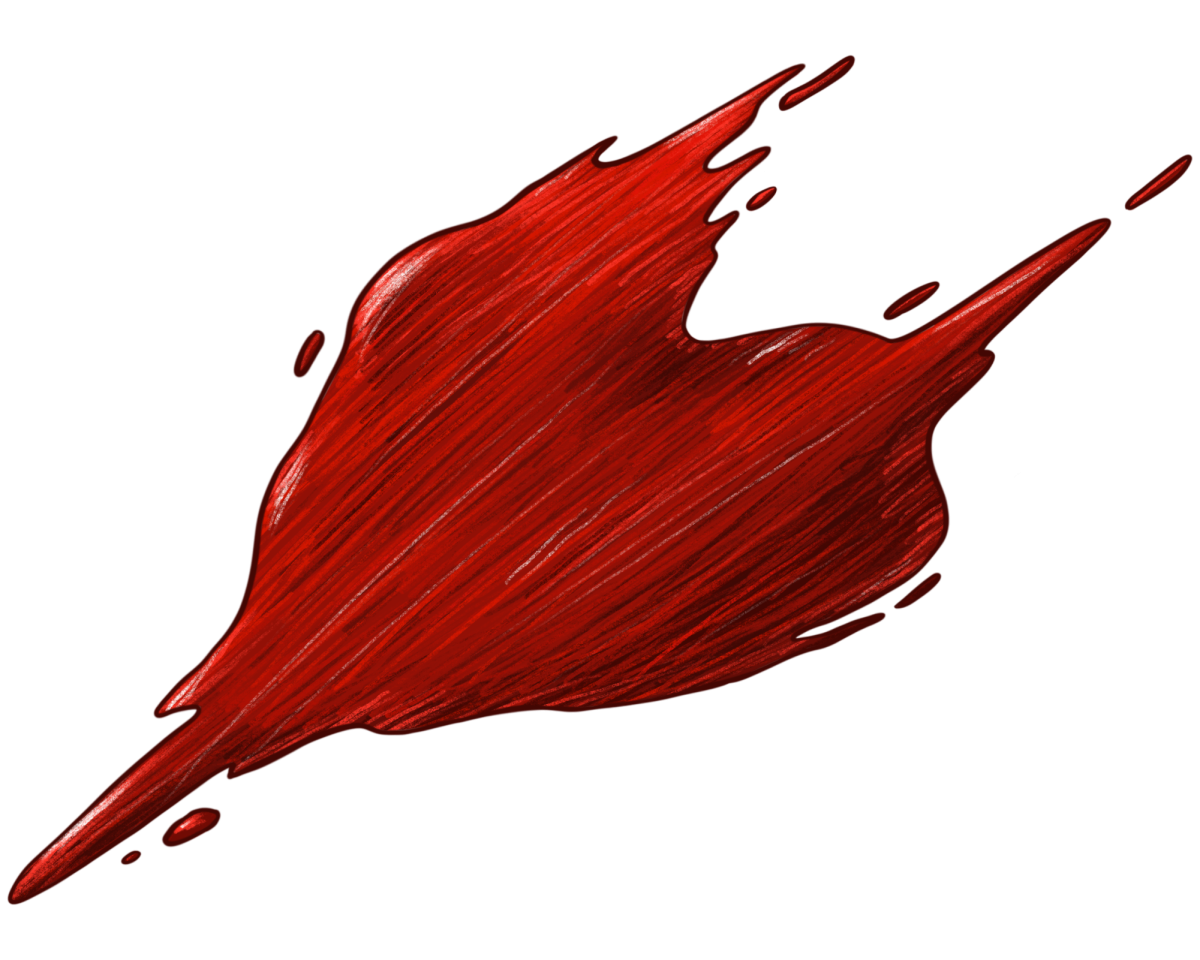
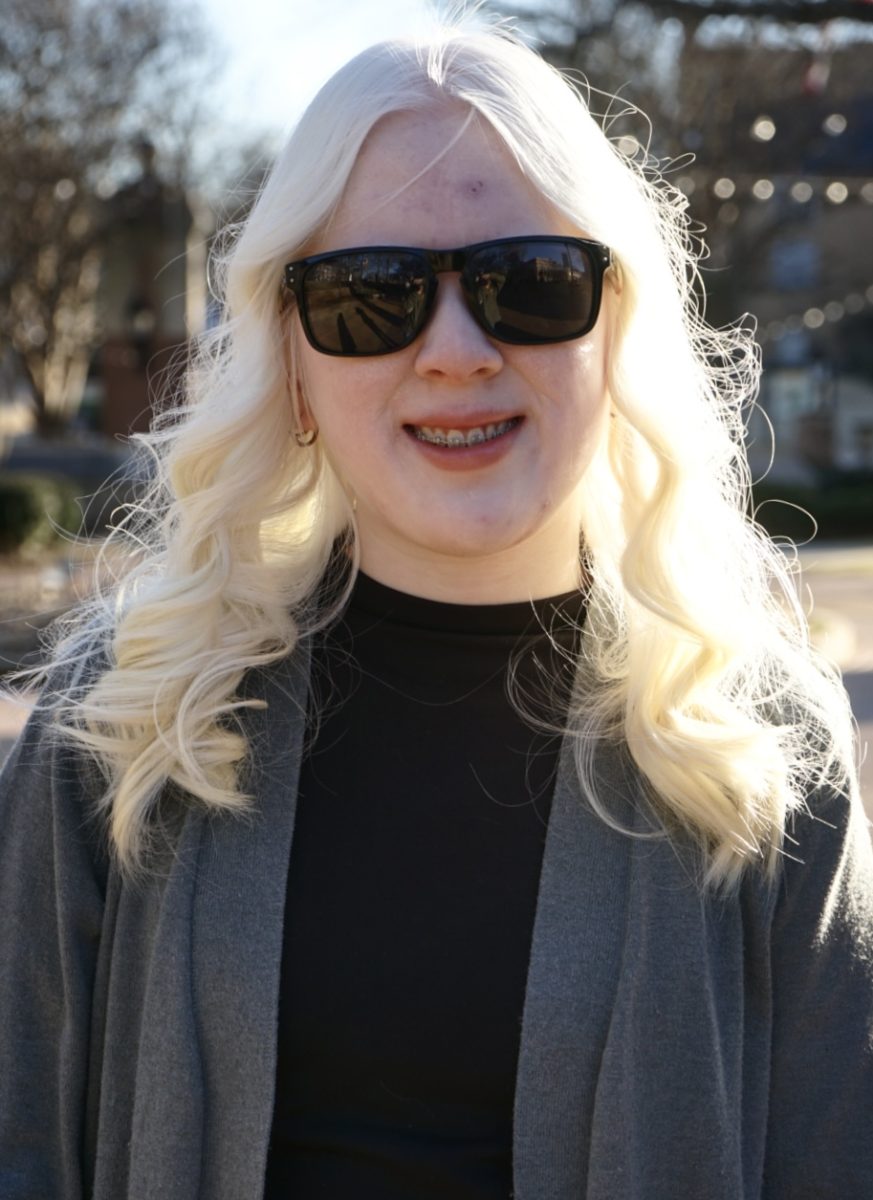
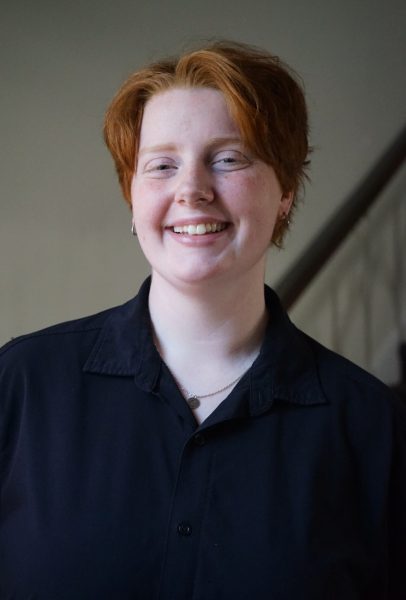
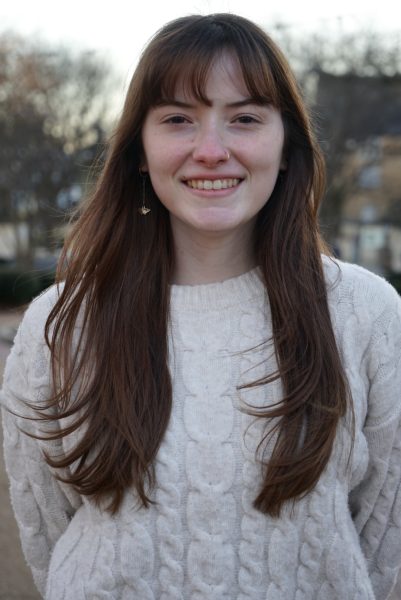
Jaron Townsend • Oct 13, 2024 at 4:30 am
I helped start the on at limestone prison in harvest Alabama in 2016/2017
I’m Jaron Townsend